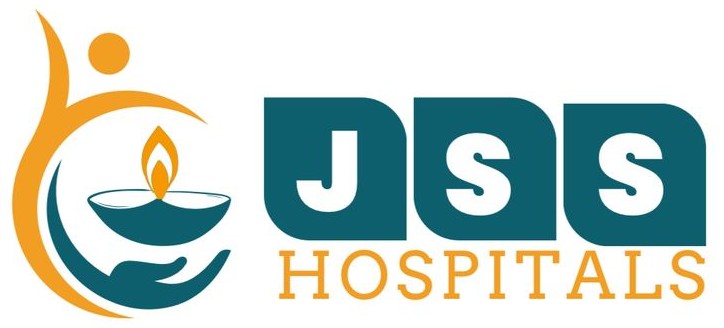Bone, joint, and muscle problems can affect anyone at any stage of life. From sports injuries and fractures to arthritis and chronic back pain, these conditions can severely limit daily activities. This is where orthopedic (ortho) treatment plays a vital role. Orthopedics is the branch of medicine that focuses on the diagnosis, prevention, and treatment of musculoskeletal disorders, helping patients regain strength, flexibility, and mobility.
What is Orthopedic Treatment?
Orthopedic treatment covers both surgical and non-surgical methods used to treat problems related to the bones, joints, muscles, ligaments, and tendons. Orthopedic doctors, also known as orthopedists, specialize in handling conditions ranging from simple sprains to complex joint replacements. Their goal is to restore function, reduce pain, and improve the overall quality of life for patients.
Common Conditions Treated by Orthopedics
Orthopedic specialists manage a wide range of musculoskeletal conditions, including:
- Fractures and Dislocations
- Arthritis and Osteoporosis
- Back and Spine Disorders
- Sports Injuries (ACL tears, ligament injuries, tendonitis)
- Joint Issues (hip, knee, and shoulder pain)
- Congenital Disorders in Children (clubfoot, scoliosis)
Types of Orthopedic Treatments
Orthopedic care is not limited to surgery—many patients benefit from non-surgical treatments first. Some common treatment methods include:
Non-Surgical Options
- Physiotherapy & Rehabilitation: Exercises to improve movement and reduce stiffness.
- Medications: Pain relievers and anti-inflammatory drugs for pain management.
- Lifestyle Modifications: Weight management, posture correction, and diet advice.
- Injections: Cortisone or hyaluronic acid injections for joint pain relief.
Surgical Options
When non-surgical methods are not effective, surgery may be required, such as:
- Arthroscopy: Minimally invasive surgery for joint issues.
- Joint Replacement: Hip, knee, or shoulder replacements for severe arthritis.
- Spinal Surgery: For slipped discs, spinal stenosis, or deformities.
- Fracture Fixation: Using plates, screws, or rods to stabilize broken bones.
Why Orthopedic Care is Important
- Helps restore mobility and independence.
- Prevents minor injuries from turning into long-term disabilities.
- Reduces chronic pain and improves quality of life.
- Enhances recovery for athletes and active individuals.
- Provides customized treatment plans for every patient.
How to Maintain Bone and Joint Health
- Stay physically active with low-impact exercises like swimming or walking.
- Maintain a healthy diet rich in calcium and vitamin D.
- Practice correct posture during sitting, standing, and lifting.
- Avoid smoking and excessive alcohol, as they weaken bones.
- Get regular health check-ups, especially if you have joint stiffness or pain.
Conclusion
Orthopedic treatment is essential for anyone facing bone, joint, or muscle problems. With advanced medical techniques, patients can recover faster and lead active, pain-free lives. Whether it’s a sports injury, chronic arthritis, or a simple fracture, timely consultation with an orthopedic specialist ensures better outcomes and long-term health.





